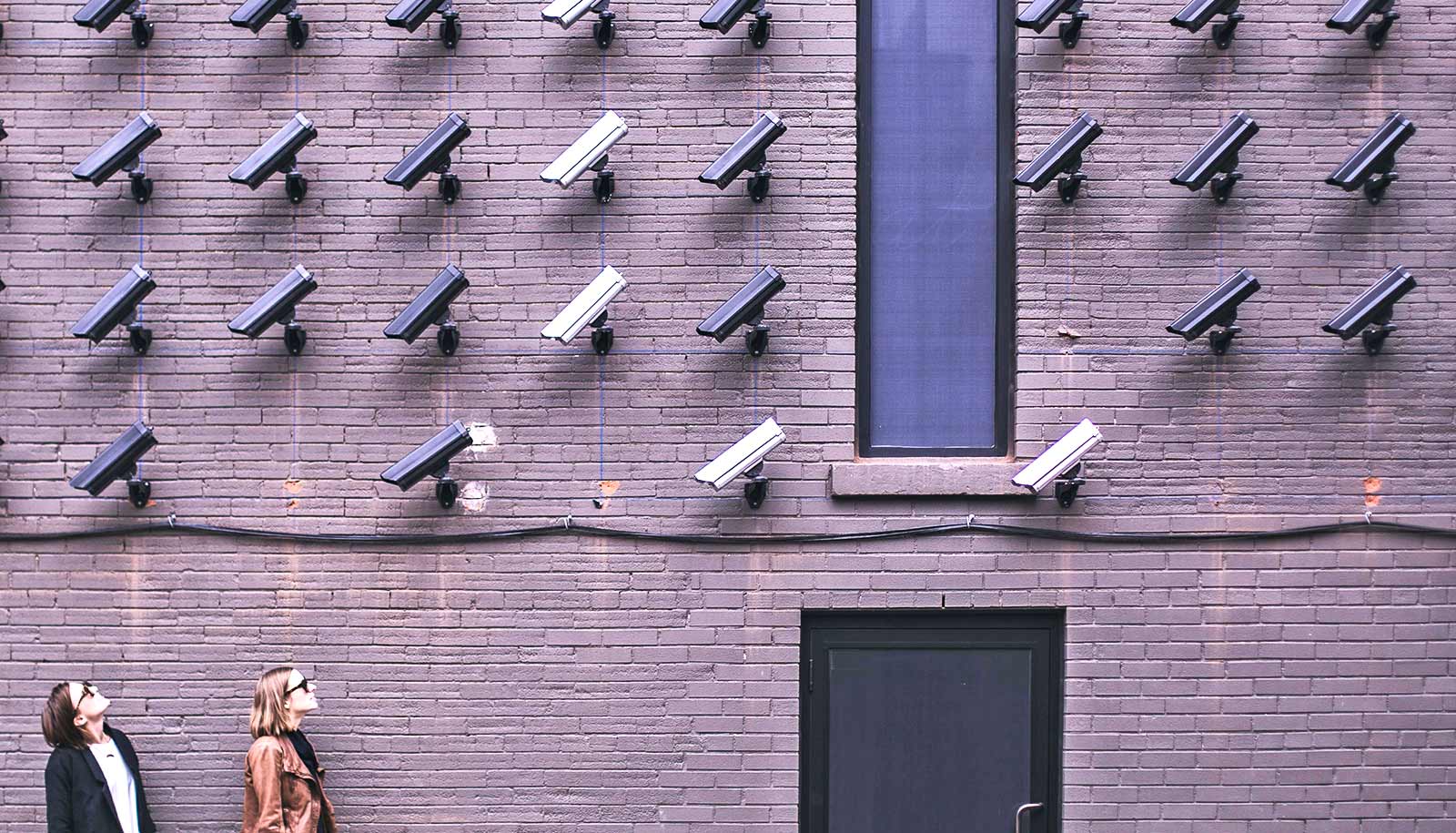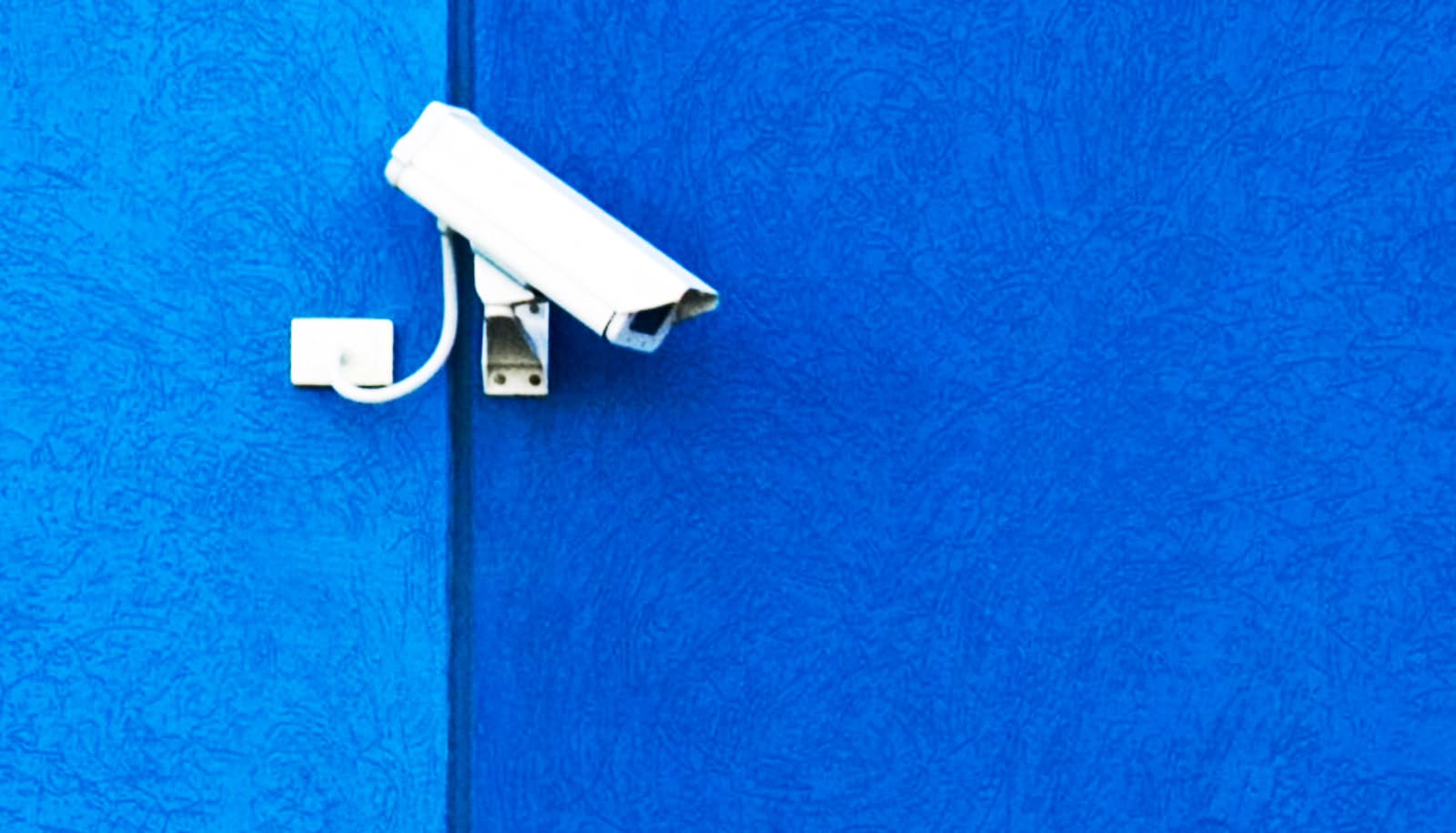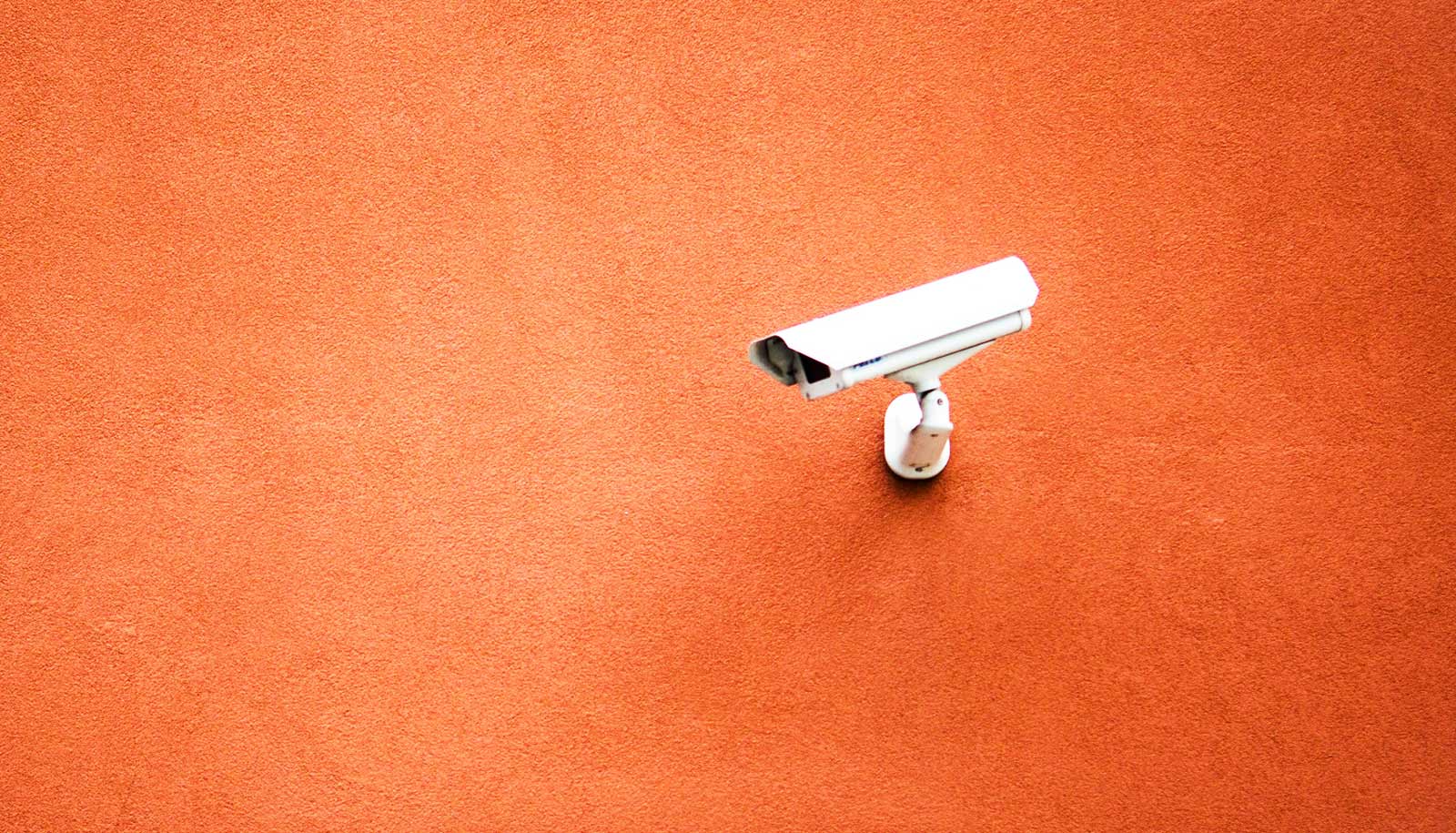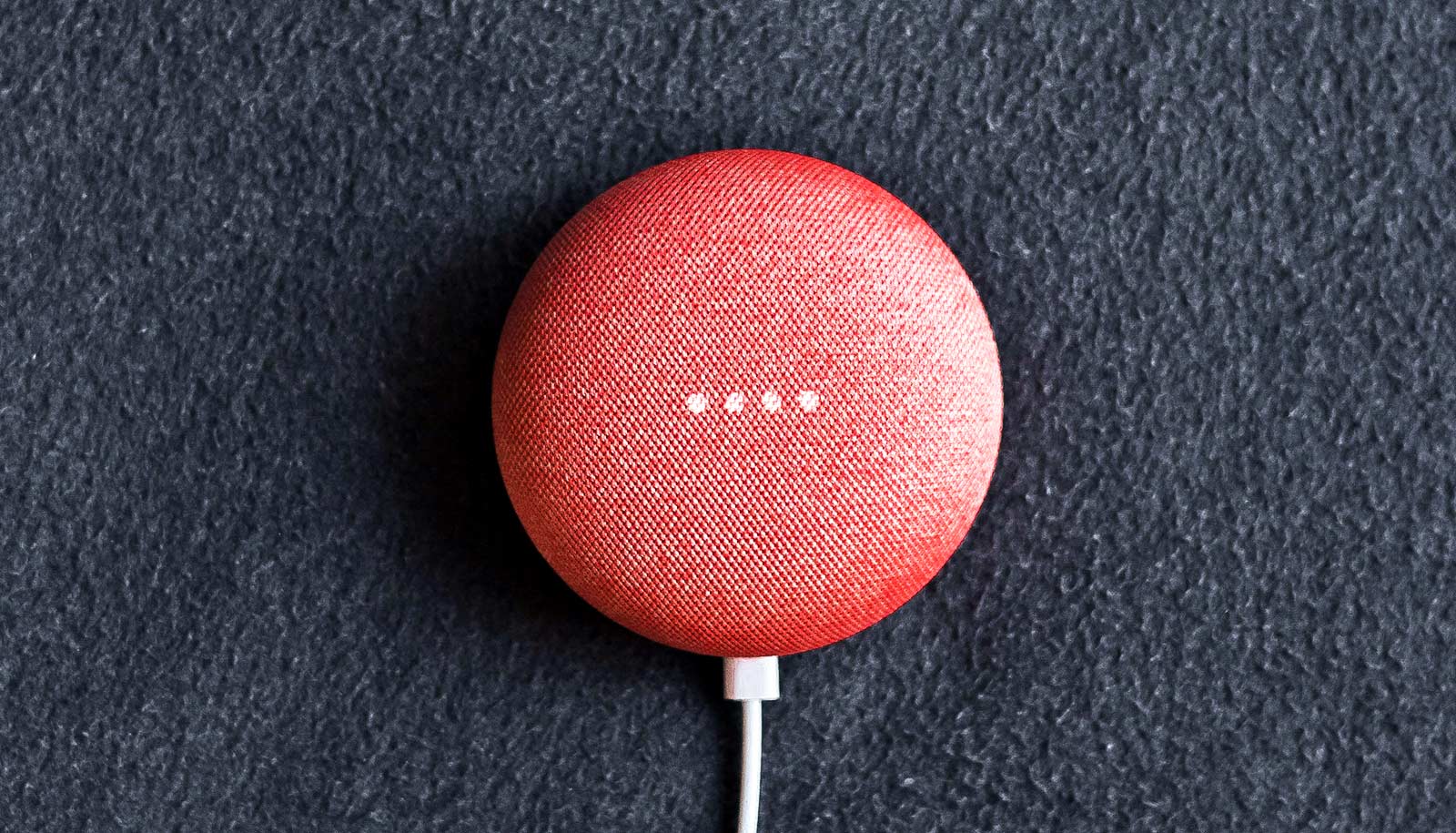Students at high schools with prominent security measures have lower math scores, are less likely to attend college, and are suspended more compared to students in schools with less surveillance, according to a new study.
The drop in average test scores and college enrollment persists even for students who haven’t been suspended, suggesting the consequences of surveillance intended for students perceived as troublesome spills over into the educational experience of all students.
The findings, in one of the first studies to measure the effects of school surveillance on educational outcomes, suggests negative implications as school systems nationwide further bulk up security in the wake of the Uvalde, Texas, mass shooting.
“These are ways that students feel less like students and more like suspects.”
“When schools feel like prisons, the impact isn’t localized to the students perceived as problematic—it has collateral consequences for kids irrespective of their behavior,” says author Odis Johnson, a professor of social policy and STEM equity at Johns Hopkins University. “We’re suggesting there is a safety tax that all students pay in those schools.”
The work is published in the Journal of Criminal Justice.
Johnson, who is also executive director of the university’s Center for Safe and Healthy Schools, studies racial disparities in education and law enforcement, including the effect of school discipline on young people’s achievement. Knowing discipline has an effect, his team wanted to know: What about the surveillance in itself?
The study considered school security measures including metal detectors, random metal detector checks, closing campuses for lunch, random dog sniffs, random contraband sweeps, drug testing, uniform requirements, strict dress codes, clear book bag requirements, student identification badge requirements, faculty identification badge requirements, and security cameras.
“We understand that surveillance is part of schools’ security and safety responsibilities, but we also know that the primary mission of schools is to educate kids. We wanted to know if fortifying schools in this way related in any way to the primary mission of educating kids and sending them off to college,” Johnson says.
Using national survey data, Johnson and coauthor Jason Jabbari, research assistant professor at the University of Washington in St. Louis, created a model that allowed them to evenly compare educational outcomes at high surveillance schools with schools that have less intense surveillance. The model allowed the team to factor out social and economic background data.
They found:
- High surveillance schools had higher suspension rates. Greater detection led to greater punishment, regardless of the demographics of students that attend these school.
- Students at high surveillance schools had significantly lower math test scores.
- Students at high surveillance schools were significantly less likely to go to college.
- Black students were four times more likely than students of other races to be enrolled in high surveillance schools. Black students were also more likely to be suspended.
- When the researchers controlled for in-school suspension, surveillance still had a negative impact on math and college going.
“We’re saying lower scores and lower chances of going to college aren’t due a student being suspended, this is just isolating the impact of being in a school that surveils more heavily,” Johnson says, adding that all students in a high surveillance school pay this “safety tax,” but students who are also regularly punished due to the measures pay it double, with even worse educational outcomes.
When the model factored out surveillance, young Black women became more likely to enter college than other women. And the math testing shortfalls disappeared for Black male students.
This suggests that reducing the use of excessive social control measures could offer a path toward greater parity in STEM achievement and college attendance, Johnson says.
Next, the researchers hope to study what causes kids who are not targeted by suspensions to have lower test scores and less of a chance of attending college.
Johnson suspects the reason has to do with the message that heightened security sends: students aren’t safe here. And even students who aren’t targets of the surveillance see it happening to their peers and develop feelings of mistrust.
“These are ways,” Johnson says, “that students feel less like students and more like suspects.”
Source: Johns Hopkins University



